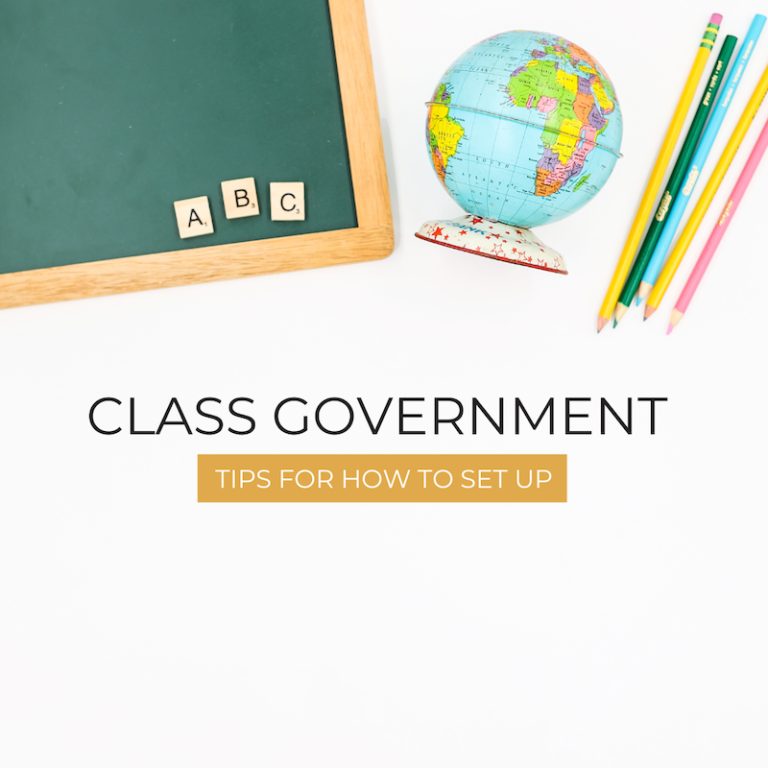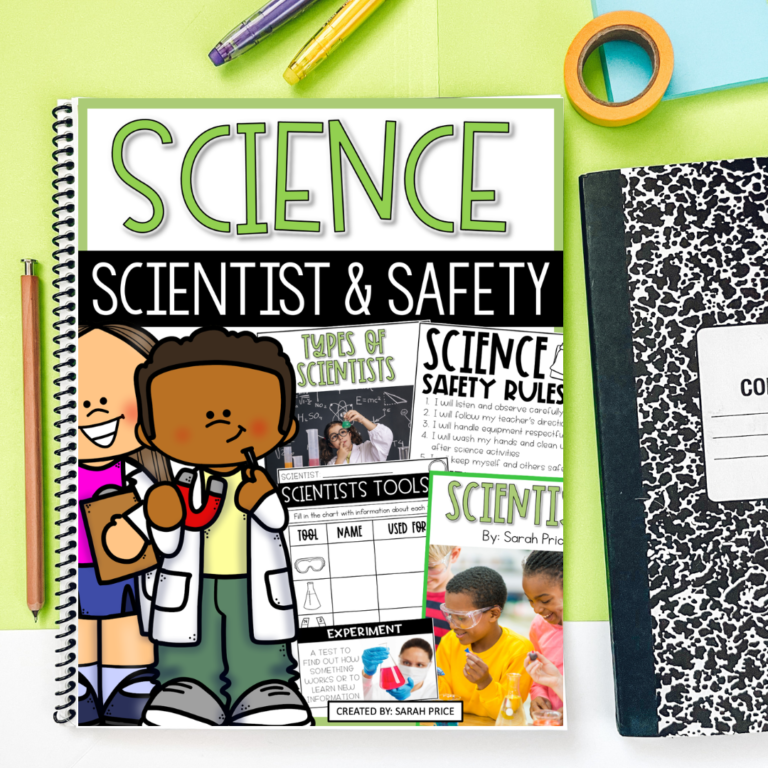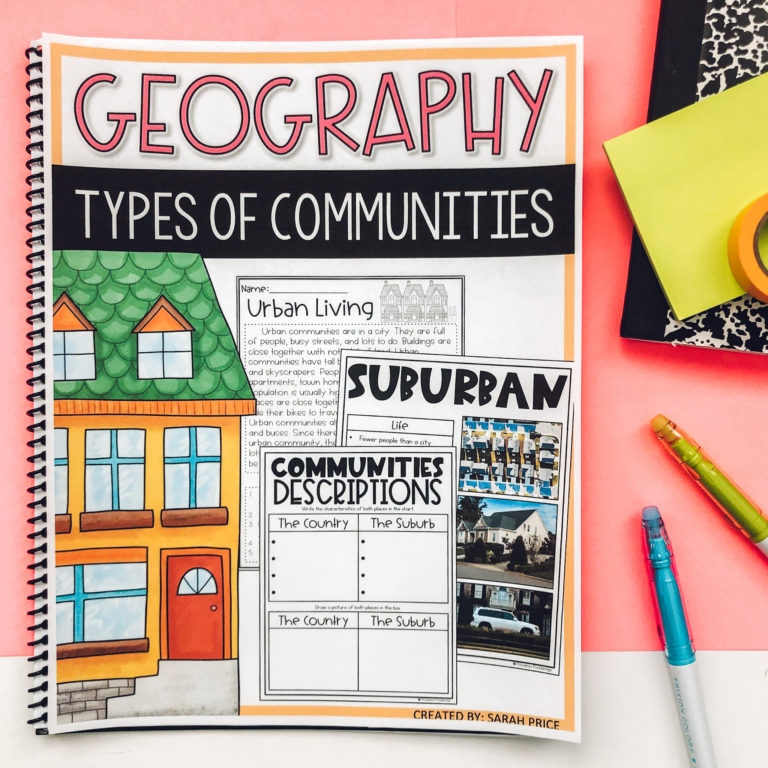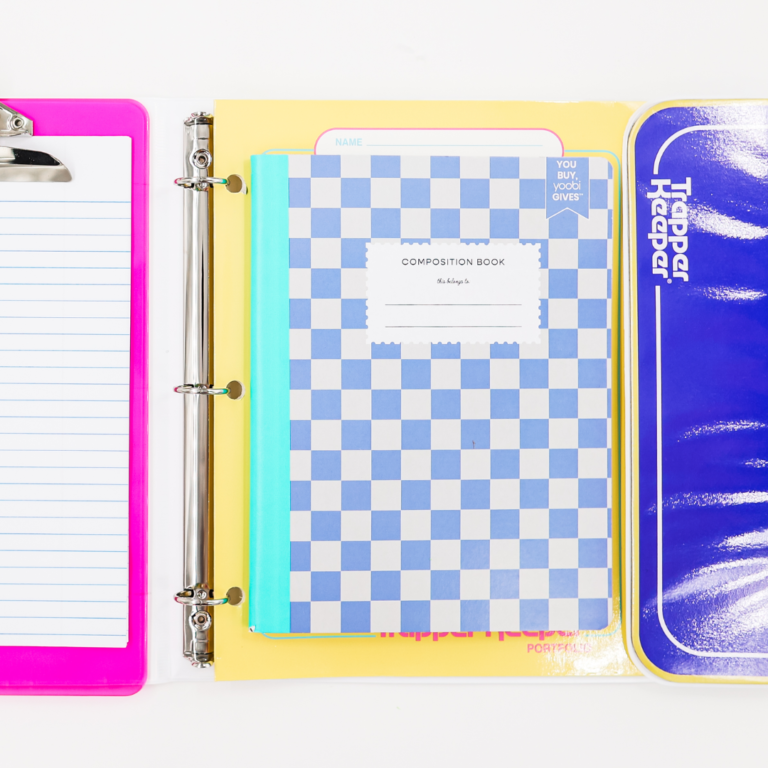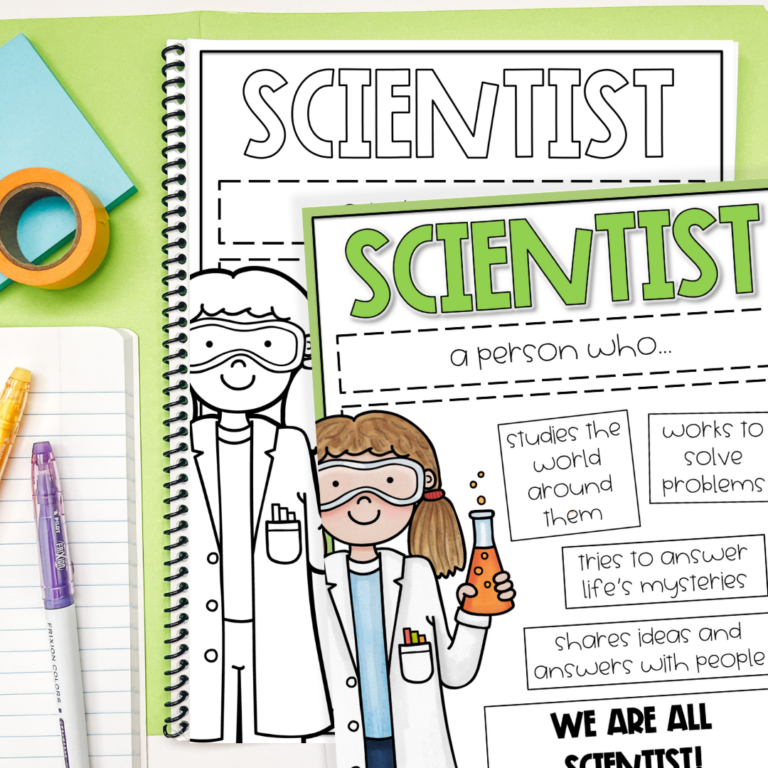How to Teach 3rd Graders About The Founding Fathers

History can be a difficult subject for children to engage with, but it doesn’t have to be this way. One way to excite students about the past is to bring it to life through interactive, fun activities. In this post, we will share some tips and ideas for teaching the Founding Fathers to 3rd graders and making history come to life in the classroom.
The activities in this post are from my Founding Fathers Unit.
Snag a free roadmap to help you stay on track when making engaging science lessons. HERE!

1. Make the Founding Fathers Personal:
The Founding Fathers were real people with personalities and quirks, just like us. Introduce your students to the individuals behind the history by sharing stories and interesting facts about them. For example, did you know that Benjamin Franklin invented the lightning rod and bifocals? Or that Thomas Jefferson had pet mockingbirds that would fly around his office? By making these historical figures relatable, you can help your students feel connected to the lesson.
2. Hands-On Activities:

One way to teaching the founding fathers is to help students remember important facts and concepts is by providing hands-on activities. For example, you could have your students create their own version of the Declaration of Independence using construction paper and markers. Or, have them reenact the Boston Tea Party by throwing tea bags into a large water container. These activities help students connect the past and the present, making history come alive right before their eyes.
3. Field Trips with the Founding Fathers:
If possible, take your students on a field trip to a historical site related to the Founding Fathers. For example, in Philadelphia, there is Independence Hall, where both the Declaration of Independence and the US Constitution were signed. Or, in Virginia, students can visit Monticello, Thomas Jefferson’s sprawling estate. Seeing these places in person can bring the history to life and make it more tangible for your students.
4. Founding Fathers Books and Films:
Age-appropriate books and films can also be effective tools when teaching about the Founding Fathers. There are many excellent options, including “Alexander Hamilton: The Outsider” by Jean Fritz or the television show “Liberty’s Kids.” These resources can supplement classroom lessons and provide enriching material for students to explore independently.
5. Go on a Virtual Tour:
If you can’t take your students to historic sites, you can take them on a virtual tour instead. Many museums, historical landmarks, and monuments have 360-degree virtual tours available on their websites. These tours make it possible for your students to see and experience the history you’re teaching without ever leaving the classroom. Examples of virtual tours include Independence National Historic Park in Philadelphia, Mount Vernon, and the Smithsonian’s National Museum of American History.
6. Interactive Websites:
There are many websites that offer interactive activities and games related to the Founding Fathers, such as “History.org.” These resources can provide an engaging way for students to learn about the past, as they can work through the activities at their own pace and receive immediate feedback.
7. Use Interactive Games and Activities:
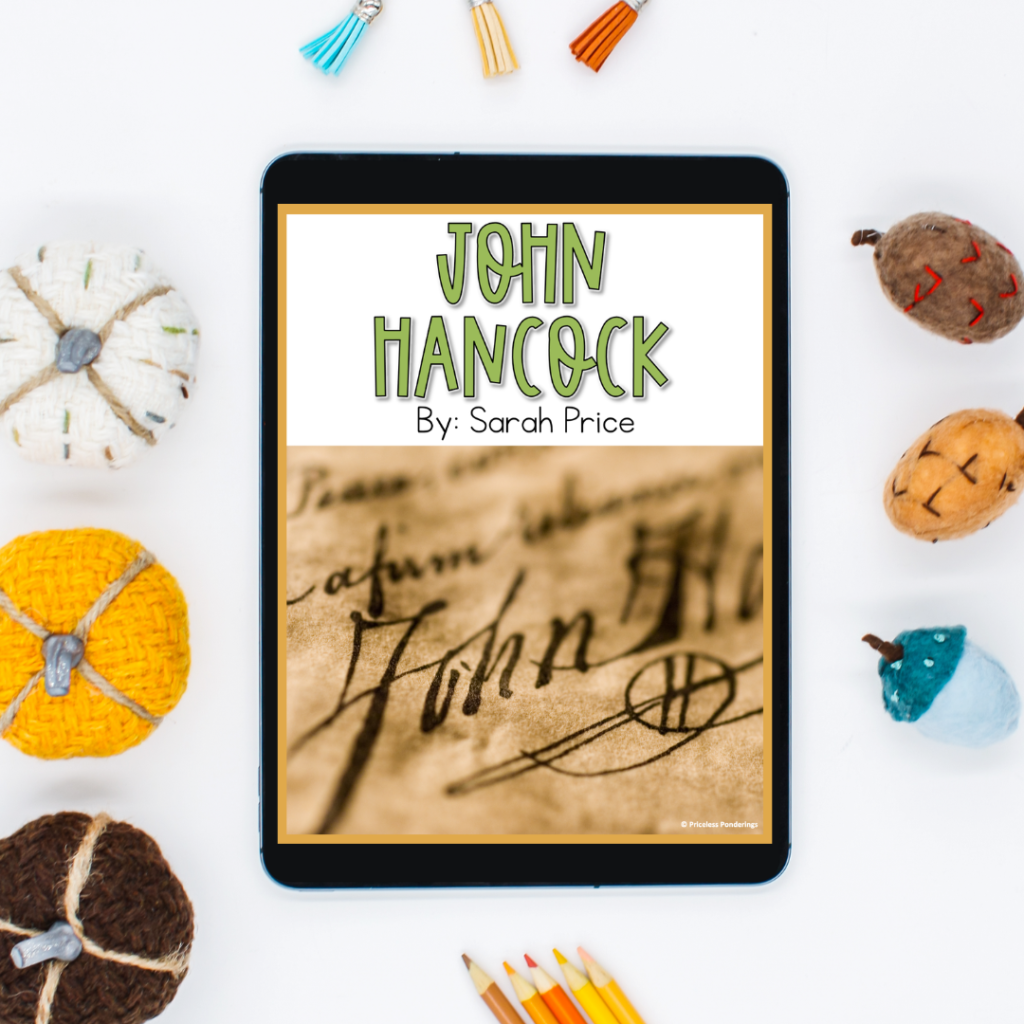
Incorporate interactive games and activities into your lesson plans to spark your students’ interest in learning about the Founding Fathers. You can use educational games like ‘Constitution Quest’ and ‘The American Revolution Interactive Timeline.’ These games are designed to make learning interactive and exciting, which can help your students retain knowledge longer.
Save Time Planning Engaging Founding Fathers Lessons!


If you’re short on time or want some ready-made lesson plans, check out our Founding Fathers Unit. It’s a great way to add history to your class without all the hassle.
Teaching the Founding Fathers to 3rd Graders
By using these tips and strategies, you can make teaching the Founding Fathers and history come alive. Whether it’s through hands-on activities, field trips, or age-appropriate books and films, there are many ways to create a fun and immersive learning experience. By bringing the past to life, you can inspire your students to develop an appreciation for history that will last a lifetime.
For More Ideas, Visit These Posts!
HOW TO FIND TIME FOR SOCIAL STUDIES: FUN STRATEGIES FOR BUSY TEACHERS
7 EASY WAYS TO FIT SCIENCE INTO YOUR DAY

